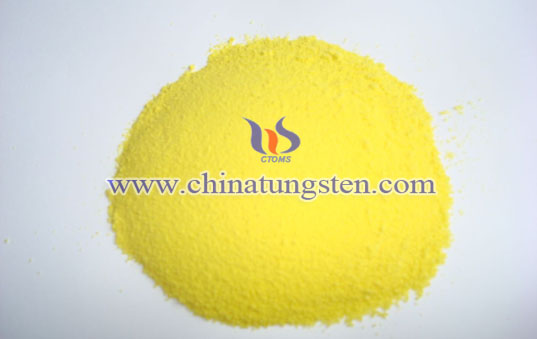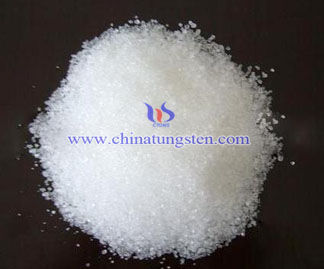Tartaric Acid

Tartaric Acid Synthesis
Chemical synthesis of tartaric acid with tungsten acid Chemical synthesis method is that after the reaction of unsaturated hydrocarbons and addition reaction, the tartaric acid synthesized by hydrolysis. According to the characteristics of the synthetic reaction, it can be divided into 4 categories: 1. Oxidize unsaturated hydrocarbons with an oxidizing agent in an aqueous solution; 2. Make butenedioic acid become α, β- chloride alkyd and further hydrolysis; 3. Complete butenedioic acid double hydrocarbon addition with H2O2 under ultraviolet light or an organic acid; 4. Complete oxidation reaction of butenedioic acid with H2O2 in the presence of a catalyst in the organic medium or aqueous medium, and then hydrolyzed to get tartaric acid.
With the development of organic chemicals, synthesis of tartaric acid with easily obtained hydrocarbon has become a major production pathways of tartaric acid and its derivatives adopted by manufacturers. The following is a brief introduction of chemical synthesis method.
Make butenedioic acid become α, β- chlorinated alkyd and further hydrolysis, since the hydrolysis products of halogenated alkyd are more than one, two hydroxyl groups may be cis or trans, hydrolysis yield is not high. Therefore, this method for preparing tartaric did not receive attention.
In the presence of catalyst, prepared tartaric acid by oxidation of the corresponding hydrocarbon with inorganic salts. Common oxidants are potassium permanganate, perchlorate etc; substrate may be maleic acid, fumaric acid (fumaric acid), furfural or bran acid, glyoxal and etc.
Cis-butadiene anhydride reacts with hydrogen peroxide in the tungsten acid and the epoxy succinic acid is prepared, and tartaric acid or tartrate was prepared after hydrolyzing, then cooling and crystallization, separation, drying, the products are obtained.

